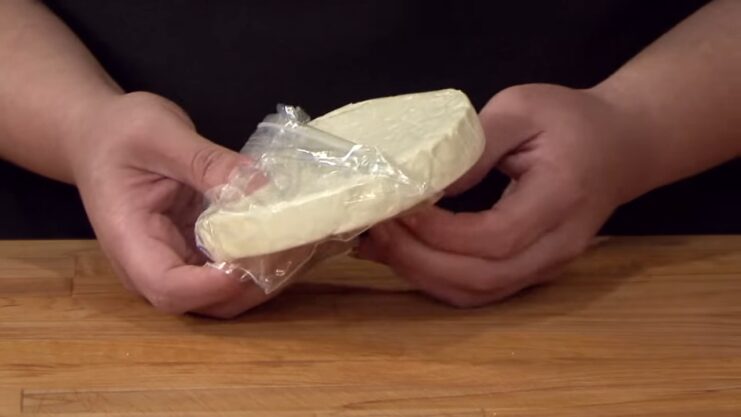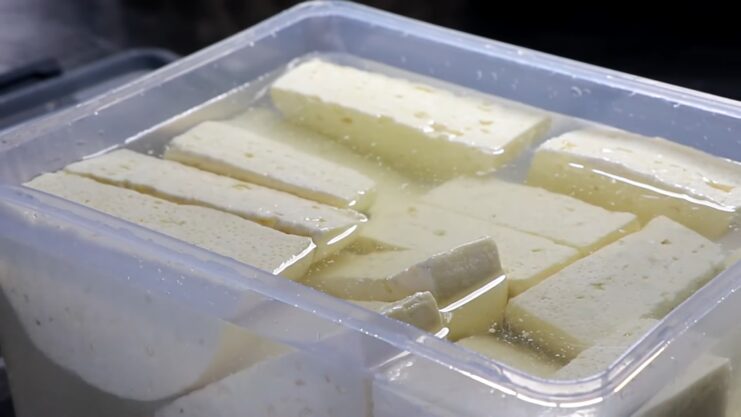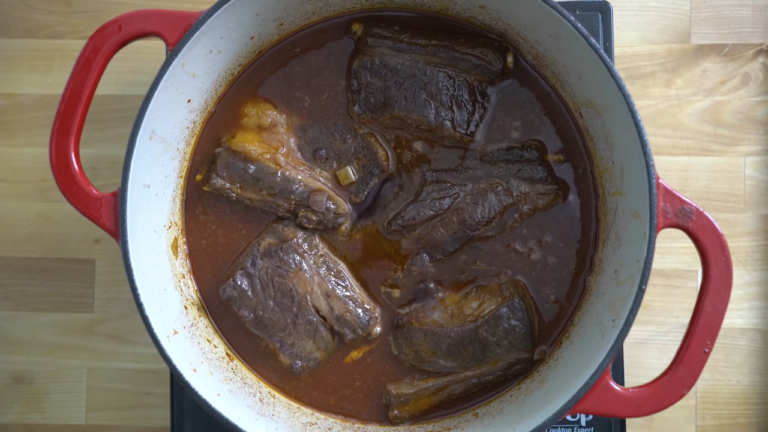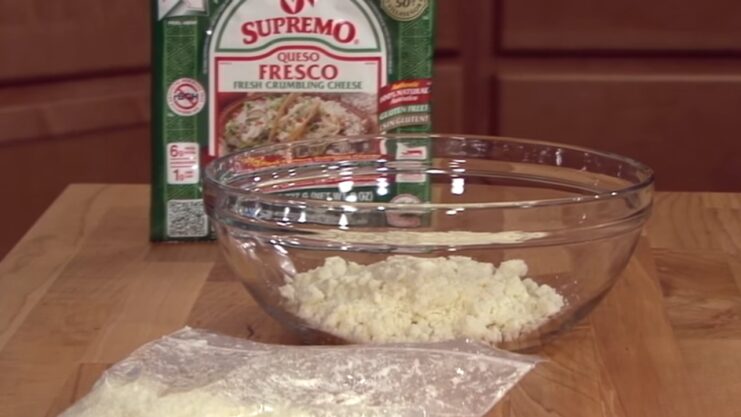Queso fresco has a special place in various dishes around the globe, particularly in Latin American cuisine. Its light, fresh taste, and crumbly texture provide a unique addition to everything from tacos to salads (like Romaine salad, my favorite).
Like all fresh cheeses, it doesn’t have a long shelf life, and this brings us to the question – can you freeze it to extend its storage?
How To Freeze Them Properly?

Yes, you can freeze it, but it’s crucial to understand how freezing affects its texture and flavor. Fresh cheeses like this one contain a high moisture content, and when frozen, the water inside the cheese forms ice crystals.
These ice crystals can disrupt the cheese’s structure, leading to changes in its texture after thawing.
Cotija cheese substitutes, such as feta or Parmesan, can offer similar flavor profiles and textures when used in recipes that require grating or crumbling, providing versatility in dishes even after freezing.
The freezing process itself does not significantly affect the flavor of the cheese. The changes in texture can influence our perception of its taste.
Post-freezing, it tends to become crumblier and may lose some of its creaminess, which could make it less ideal for certain uses.
What To Consider Before You Do It?
Before you decide to freeze your queso fresco, there are a few important factors to consider:
| Factor to Consider | Details |
|---|---|
| Quality of Cheese | Freeze while fresh and at peak quality to maintain texture and flavor. |
| Proper Packaging | Use tight packaging like plastic wrap, foil, or freezer bags; remove air. |
| Size of Cheese Portions | Freeze in small, manageable portions for easier use and reduced texture changes. |
Preparation of Queso Fresco for Freezing
To properly prepare queso fresco for freezing, begin by considering how you’ll use it in the future.
| Step | Details |
|---|---|
| Portioning | Portion before freezing to thaw only what’s needed, reducing waste and keeping cheese fresh. |
| Choosing the Form | Form cheese into slices, cubes, or crumbles based on use; balance surface exposure with quality. |
| Packaging | Use airtight packaging to minimize air and moisture exposure, enhancing preservation. |
Packaging

There are several options for packaging queso fresco for freezing. One of the most common methods is using airtight containers.
These can effectively protect it from air and moisture in the freezer. If you’re using airtight containers, ensure they’re freezer-safe and can withstand low temperatures.
On the other hand, you can use freezer bags. These are especially handy if you’re freezing smaller portions. Simply place the cheese into the bag, squeeze out as much air as possible, and seal it tightly.
In either case, it’s advisable to double-wrap or double-bag the cheese for an extra layer of protection.
You can first wrap it in plastic wrap or aluminum foil before placing it in the container or bag. This added step can go a long way in preserving its quality.
Freezing and Storing

After your queso fresco is properly packaged and labeled, it’s time to freeze it.
If you’re considering freezing other dairy-based dishes like potato salad, ensure they are stored in airtight containers to maintain freshness and prevent freezer burn.
Place it in the coldest part of your freezer, usually the back, and try to keep it away from items with strong odors, as it can absorb odors over time.
Remember that your freezer should be kept at a constant temperature of 0°F (-18°C) or lower.
Any fluctuations in temperature can cause the ice crystals in the cheese to melt and refreeze, leading to changes in texture and potential quality loss.
For optimal quality, try to use your frozen queso fresco within two to three months.
It should still be safe to eat after this period, but you may notice a decline in texture and flavor.
The Bottom Line
Freezing queso fresco is a practical way to extend its shelf life and allow you to enjoy its delicious flavor beyond its typical freshness period.
While it may alter the cheese’s texture, making it crumblier, it can still be a delicious addition to a variety of cooked dishes.
The key to successful freezing lies in choosing fresh, high-quality cheese, packaging it properly, and using correct thawing techniques.
When storing ravioli, ensure they are properly sealed in an airtight container to prevent freezer burn and maintain their taste and texture.











